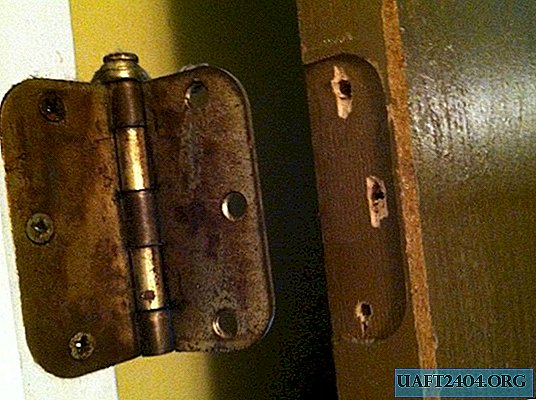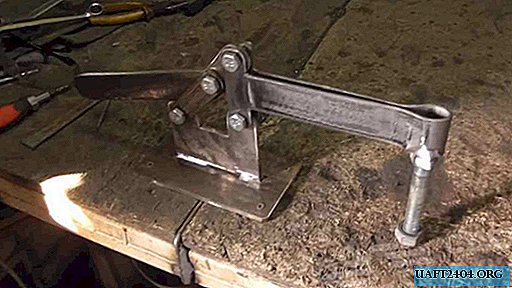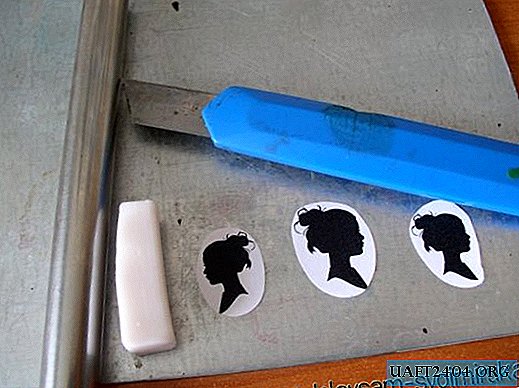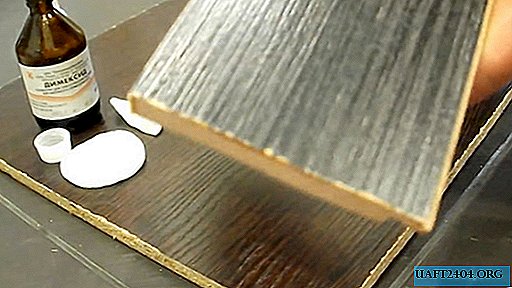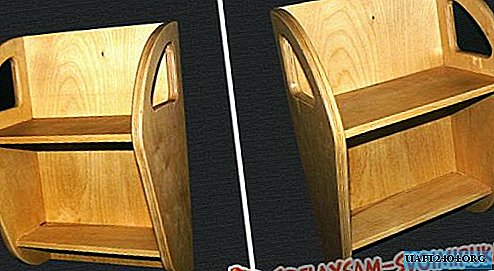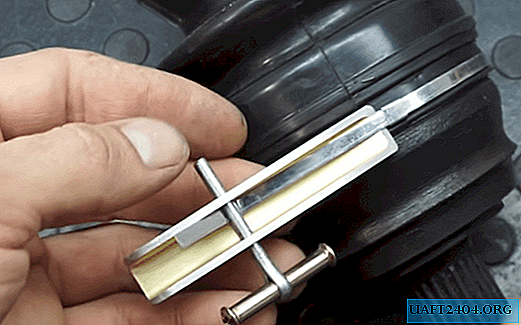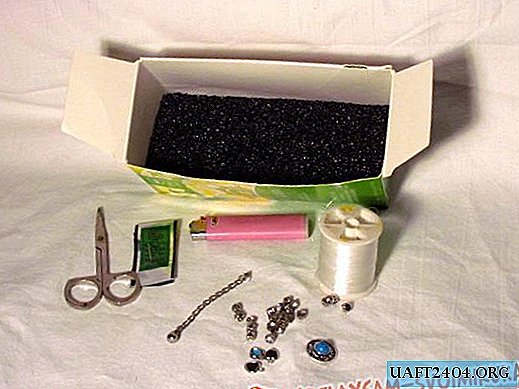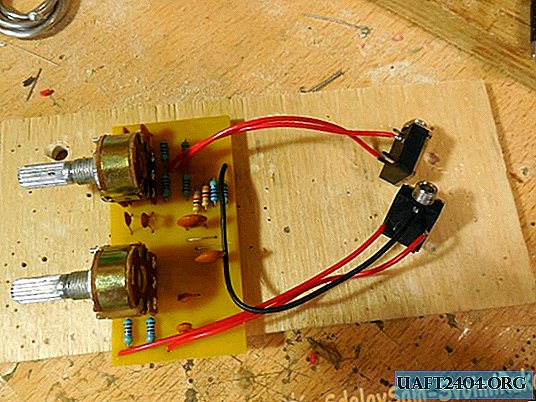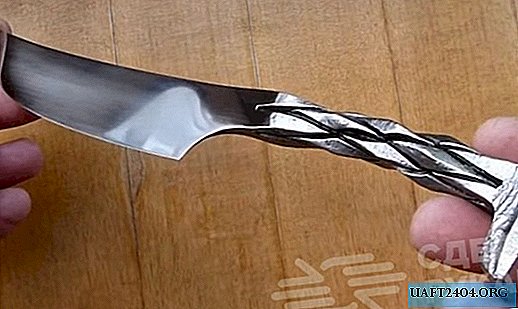Share
Pin
Tweet
Send
Share
Send
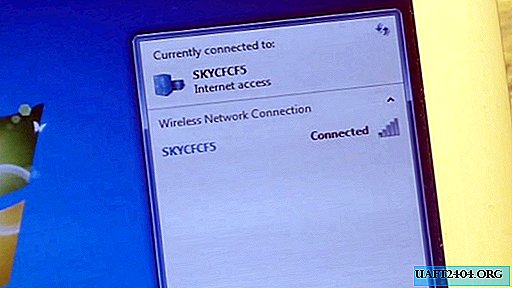
I had an old netbook that was almost ten years old. And for the entire time of its operation, I experienced a little discomfort, since it very poorly caught Wi-Fi. I didn’t betray this fact until I got a laptop in my hands, while the short one had an excellent reception of even a weak signal.

The same router was caught on different machines in different ways: on my PC there was one division, and on the other laptop a full level of reception. And then I thought.
Alteration of the built-in antenna
After reading the forums, I found out that Wi-Fi reception antennas are located near the display. The first thing I decided to look at them.
He pulled out the plugs with an office knife.

He unscrewed the screws and removed the front panel.

There were two antennas that were located on the sides of the camera. They were made on a printed circuit board on the principle of a dipole.

A long wire came to them, which went around the perimeter of the display.

Further, it turned out that the built-in antenna was partially hidden under the aluminum foil that shielded the screen.

As a result:
- A long cable produced significant attenuation.
- The native antenna had terribly poor sensitivity.
- Plus, it was partially covered by a screen, which simply ruined it.
Not surprisingly, in view of all these factors, the reception was very poor. I decided to remove the native modules and make a simple whip antenna, similar to the antennas of routers.
You will need:
- Round thin metal tube 25 mm long.
It's all. You will need 2 pieces, since there are two antennas.

We cut the built-in modules under the root. Dress up the tube. We position the future whip antenna in the middle.

Next, we clean the braid-screen of the wire to the tube and fluff the end.

The tube is compatible with the end of the braid.

Solder gently without melting the central insulation of the middle core.

Now cut the central wire at a distance of 25 mm from the beginning of the tube.

Our new antenna is ready. We do the same for the other side of the display.

And lo and behold! Sensitivity increased and became no worse than that of another laptop.

Now you can throw away the old built-in antennas and enjoy the normal operation of the computer.

This is a fairly simple way with which you can refine any laptop and improve it sensitively, since native antennas may not always work well.
The most important thing is to clearly observe the distance when making a homemade whip antenna. For any deviation even by a millimeter can significantly degrade its reception characteristics.
Share
Pin
Tweet
Send
Share
Send

